Rising Energy Costs
The Cold Climate Air Source Heat Pump Market is significantly influenced by the rising costs of traditional energy sources. As fossil fuel prices continue to fluctuate, consumers are increasingly seeking alternative heating solutions that offer long-term savings. Heat pumps, which utilize ambient air for heating, present a cost-effective option, particularly in regions with high energy prices. Market analysis indicates that households can save up to 50% on heating bills by switching to air source heat pumps. This economic incentive is likely to drive more consumers towards adopting heat pump technology, thereby expanding the market.
Government Incentives and Subsidies
Government incentives play a pivotal role in the Cold Climate Air Source Heat Pump Market. Various countries are implementing financial incentives, such as tax credits and rebates, to encourage the adoption of energy-efficient heating solutions. These initiatives are designed to reduce the upfront costs associated with purchasing and installing heat pumps, making them more accessible to a broader audience. For instance, certain regions have reported a 20% increase in installations due to these incentives. As governments continue to prioritize renewable energy and emissions reduction, the support for heat pump technologies is expected to grow, further stimulating market demand.
Environmental Concerns and Sustainability
Growing environmental concerns are shaping the Cold Climate Air Source Heat Pump Market. As awareness of climate change and its impacts increases, consumers are more inclined to invest in sustainable heating solutions. Air source heat pumps are recognized for their lower carbon footprint compared to traditional heating systems, as they utilize renewable energy sources. This shift towards sustainability is reflected in market trends, with a notable increase in demand for eco-friendly heating options. The industry is likely to benefit from this trend, as more consumers prioritize environmentally responsible choices in their purchasing decisions.
Increased Urbanization and Housing Development
The Cold Climate Air Source Heat Pump Market is also being driven by increased urbanization and housing development. As urban areas expand, there is a growing need for efficient heating solutions in new residential and commercial buildings. Heat pumps are becoming a preferred choice due to their ability to provide effective heating in compact spaces while minimizing energy consumption. Recent statistics indicate that new housing developments are increasingly incorporating heat pump technology, with some regions reporting a 15% rise in installations in newly constructed homes. This trend is expected to continue, further propelling market growth.
Technological Advancements in Heat Pump Efficiency
The Cold Climate Air Source Heat Pump Market is experiencing a surge in technological advancements that enhance the efficiency of heat pumps. Innovations such as variable speed compressors and advanced refrigerants are being integrated into new models, allowing for improved performance in lower temperatures. These advancements not only increase the heating capacity but also reduce energy consumption, making heat pumps more appealing to consumers. According to recent data, the efficiency ratings of modern heat pumps have improved by up to 30% compared to older models. This trend is likely to drive adoption rates, as consumers seek energy-efficient solutions that align with sustainability goals.
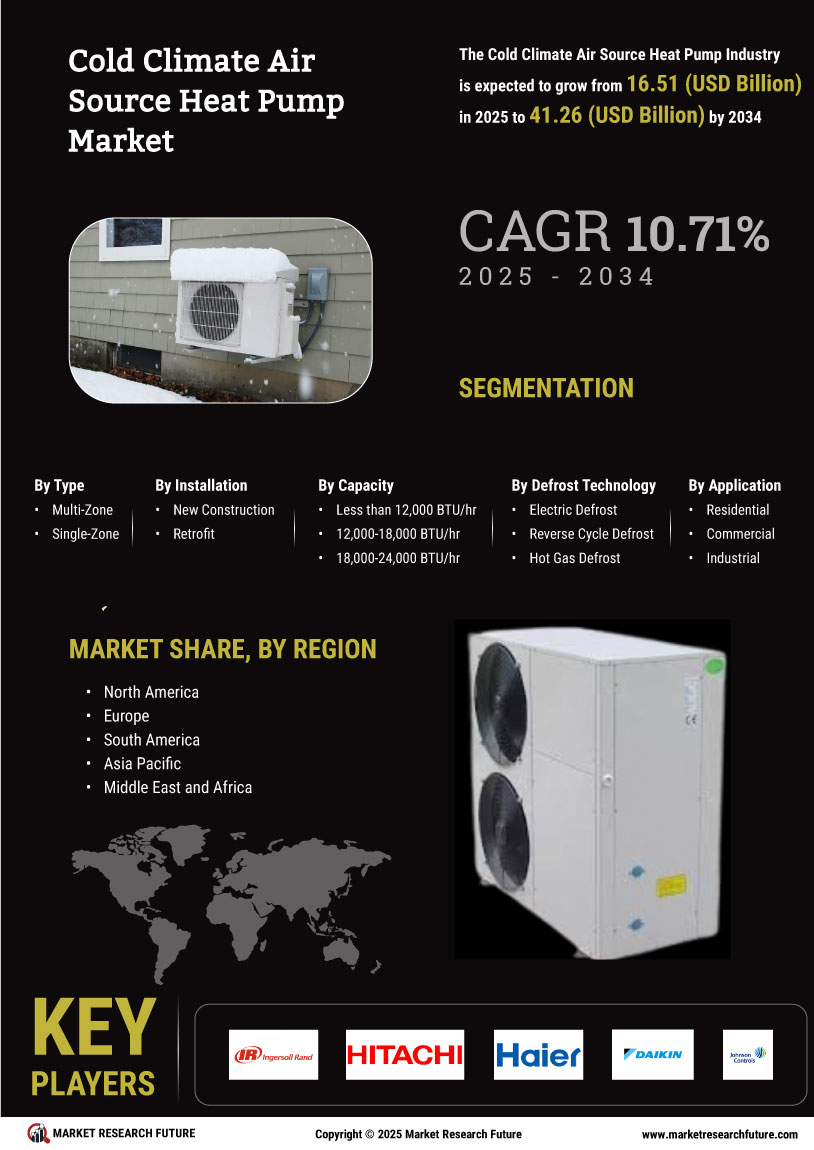

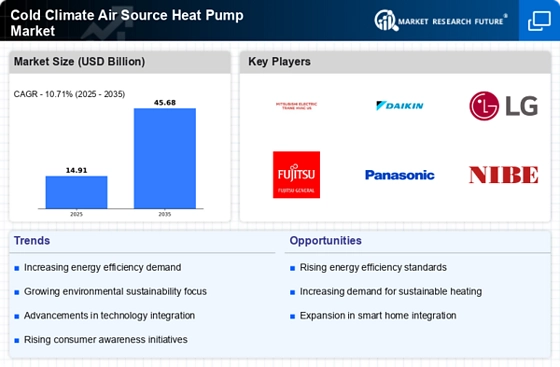
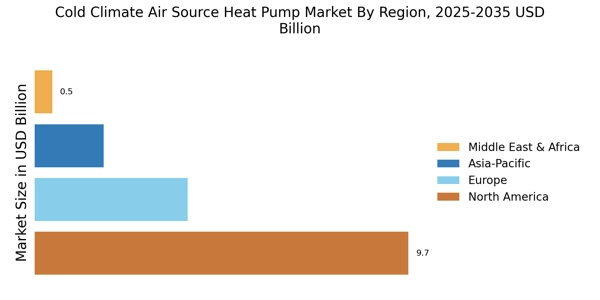
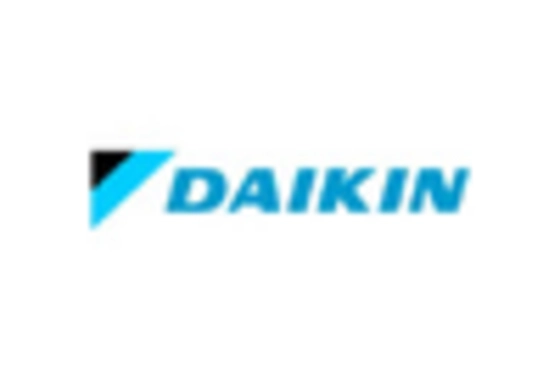



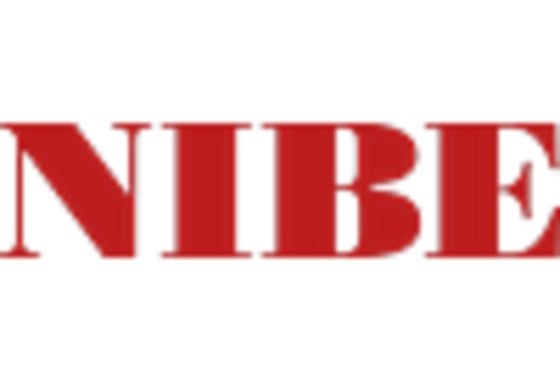









Leave a Comment